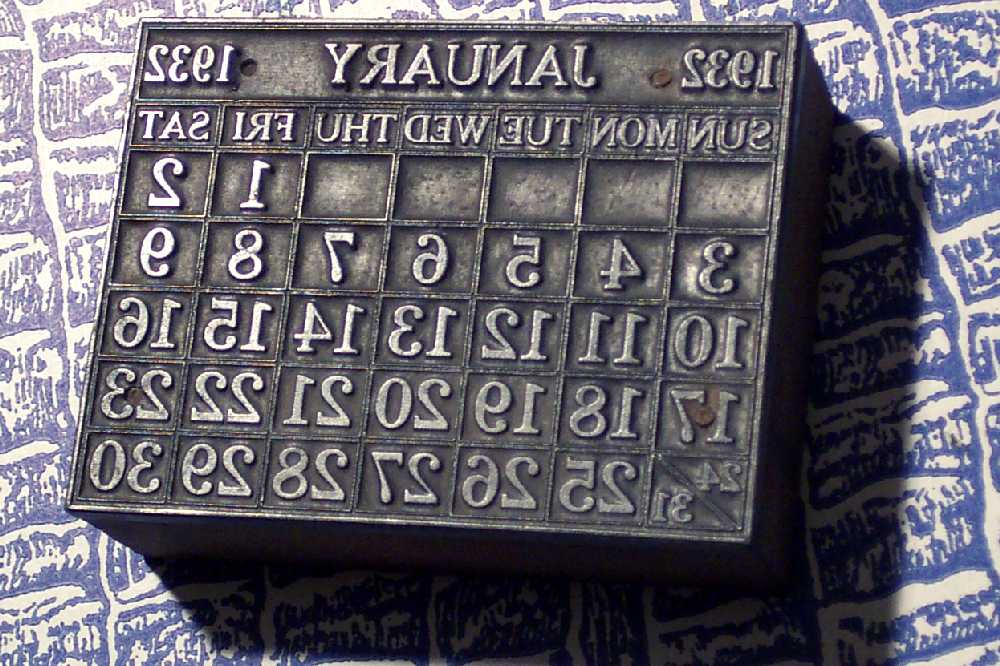Book Club July, 2019 – Mary Baker Eddy and
her Books by William Dana Orcutt (1870-1953)
I really love this book. The author's experience with Mrs. Eddy is
unique.
One reason I love this book is because
it speaks a lot about the art of printing. My husband was a printer; his father and three brothers were all in the printing trade: the father as a stereotyper, and all four boys as compositors. My husband's trade also included linotyping. He went into the business of printing and our family became very familiar with all aspects of what was called Job Printing.
it speaks a lot about the art of printing. My husband was a printer; his father and three brothers were all in the printing trade: the father as a stereotyper, and all four boys as compositors. My husband's trade also included linotyping. He went into the business of printing and our family became very familiar with all aspects of what was called Job Printing.
I will explain a little about the
trades. Stereotype (from Encyclopaedia Britannica):
'Stereotype, type of printing plate developed in the late 18th century and widely used in letterpress, newspaper, and other high-speed press runs. Stereotypes are made by locking the type columns, illustration plates, and advertising plates of a complete newspaper page in a form and molding a matrix, or mat, of papier-mâché or similar material to it; the dried mat is used as a mold to cast the stereotype from hot metal. A stereotype plate is much stronger and more durable under the press run than would be the composed page of type. It is gradually being replaced, however, by photopolymer (photosensitive plastic) and lithographic plates.'

Example of stereotype (from Melbourne Museum of Printing)
A compositor
picks up each letter of his copy and sets it in a composing stick set to the
length of line required. The full job as
set by the compositor is put into a form and locked so that the type cannot move. This form is placed on the printing machine
for the machinist to print. For
newspaper work the type is set on a Linotype machine which sets full lines of
type on a lead slug. This goes for treatment in stereotype, as set out above,
although the method is used for job printing as well.

The compositor chooses the letters and arranges them in the 'composing stick'. (Google photos)
My husband became skilled at all the
necessary processes of turning out a complete job – the composing, setting
up, printing, binding, folding, guillotine cutting, etc.
etc. He had watched and learned from the tradesmen at
work in the various sections in his apprenticeship.
Of course, all this is history because of
computers.
One of the surprising facts in Orcutt's
book is that there were women working at linotyping. In fact, Mr. Orcutt chose a woman for the
delicate operation of setting the very special type for the Subscription
Edition of Science and Health with Key to the Scriptures. He said –
The
keyboard operators at the Plimpton Press were all skilled workmen, but I wanted
more than a workman. I wanted a skilled operator who guided his fingers not
only with the head but with the heart, so that the humanistic “feel” could be
transmitted to the work itself. Among these keyboard operators was a young
woman who seemed particularly to possess the characteristic I sought.
Page
176
Orcutt
gives us the complete history of the setting, printing, and binding of the
Subscription Edition of Science and Health. The Mary Baker Eddy Library also tells the story. It is a
fascinating story too for anyone interested in fine printing. 1,000
copies were produced. First Church of Christ, Scientist, Perth has one in their foyer. It is safe in a glass case. It draws me each time I visit.
Joyce Voysey
Ed:
1. First Church of Christ, Scientist, Brisbane also has a copy of the Subscription Edition of Science and Health in their foyer.
2. Also of interest: the compositor had to learn to read upside down and back to front.

No comments:
Post a Comment